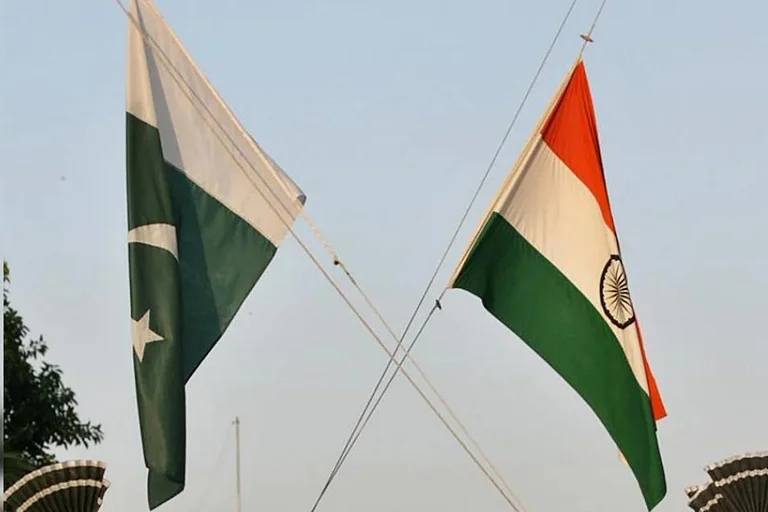The Indian government on Thursday opened multiple gates at the Baglihar Hydroelectric Power Project Dam following heavy rainfall and floods in Jammu and Kashmir's Ramban district. This dam is built on the Chenab River in the district.
India has opened two gates to manage the rising water levels, according to reports. This movement follows the centre's decision to shut all the dam gates to regulate the water flow to Pakistan following the terror attack in Pahalgam, which claimed the lives of 26 civilians, mostly tourists.
Heavy rains triggered multiple landslides and shooting stones from hillocks overlooking the arterial road in Ramban district, leading to the suspension of the Jammu-Srinagar National Highway on Thursday. A flash flood also hit Ramban market but there was no report of any casualties, the officials told news agency PTI.
India-Pakistan Tension Rises
Following the terrorist attack, India took a few diplomatic steps against Pakistan. It also includes putting the Indus Waters Treaty of 1960 in abeyance.
In the early house of Wednesday, India launched a decisive military mission, Operation Sindoor, targeting nine terror sites based in Pakistan and Pakistan-occupied-Kashmir (PoK).
"Our actions have been focused, measured and non-escalatory in nature. No Pakistani military facilities have been targeted. India has demonstrated considerable restraint in selection of targets and method of execution," said the Defence Ministry in a statement.
According to PTI, Defence Minister Rajnath Singh in a all-party meeting today informed that the strikes have killed at least 100 terrorists in Pakistani soil. He also reiterated that India will hit back if Pakistan strikes.
Later in the day, the Defence Ministry also confirmed that “On the night of 07-08 May 2025, Pakistan attempted to engage a number of military targets in Northern and Western India including Awantipura, Srinagar, Jammu, Pathankot, Amritsar, Kapurthala, Jalandhar, Ludhiana, Adampur, Bhatinda, Chandigarh, Nal, Phalodi, Uttarlai, and Bhuj, using drones and missiles. These were neutralised by the Integrated Counter UAS Grid and Air Defence systems.” The debris of these attacks is now being recovered from various locations that prove the Pakistani attacks.




























